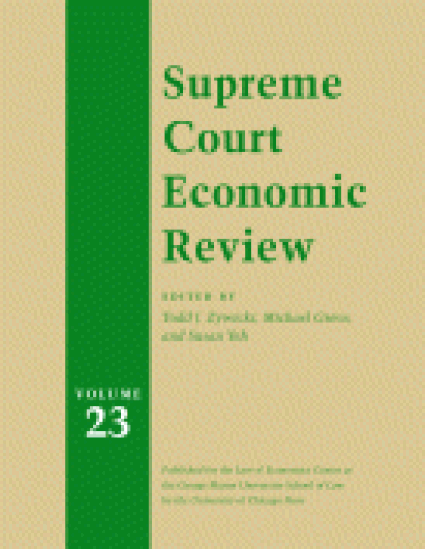
Article
Explaining the Standard of Proof in Criminal Law: A New Insight
Supreme Court Economic Review
(2018)
Abstract
Legal economists have explained the standard of proof in criminal law by exploring the asymmetry between social costs of false negatives (acquitting guilty defendants) and false positives (convicting innocent defendants). In a recent paper, Dharmapala et al (2016) introduced a model of punitive preferences (individuals with stronger-than-average punishment preferences) to explain police behavior, law enforcement and rules of criminal procedure. We extend their model to provide for a new explanation for a more demanding standard of proof in criminal law without relying on exogenous assumptions about the social cost of false negatives and false positives.
Keywords
- punitive preferences,
- false positives,
- false negatives,
- standard of proof
Disciplines
Publication Date
2018
Citation Information
Nuno Garoupa. "Explaining the Standard of Proof in Criminal Law: A New Insight" Supreme Court Economic Review Vol. 25 (2018) p. 111 - 122 Available at: http://works.bepress.com/nunogaroupa/127/
